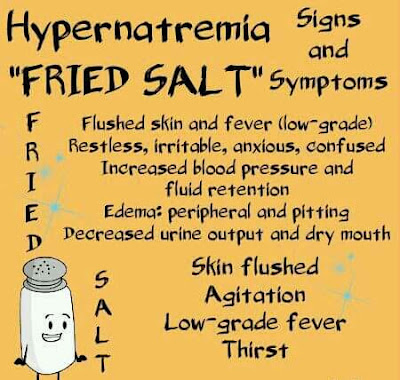Study and Memorize Medical Conditions With The Help Of Photos. Useful Site For Medical Students, Doctors And Nurses.
Wednesday, December 21, 2016
Monday, December 19, 2016
Brief Description Of Abdominal Wall Hernias
Abdominal wall hernias:
Definition: The classical surgical definition of a hernia is the protrusion of an organ or the fascia of an organ through the wall of the cavity that normally contains it.
Risk factors for abdominal wall hernias include:
Clinical Features include:
Types of abdominal wall hernias:
1. Inguinal hernia:
Definition: The classical surgical definition of a hernia is the protrusion of an organ or the fascia of an organ through the wall of the cavity that normally contains it.
Risk factors for abdominal wall hernias include:
- obesity
- ascites
- increasing age
- surgical wounds
Clinical Features include:
- a palpable lump
- cough impulse
- pain
- obstruction: more common in femoral hernias
- strangulation: may compromise the bowel blood supply leading to infarction
Types of abdominal wall hernias:
1. Inguinal hernia:
- Inguinal hernias account for 75% of abdominal wall hernias.
- Around 95% of patients are male; men have around a 25% lifetime risk of developing an inguinal hernia.
- Above and medial to pubic tubercle Strangulation is rare
2. Femoral hernia:
Friday, December 9, 2016
Sunday, December 4, 2016
Toxic Epidermal Necrolysis
Toxic epidermal necrolysis (TEN) is a potentially lifethreatening skin disorder that is most commonly seen secondary to a drug reaction.
In this condition the skin develops a scalded appearance over an extensive area. Some authors consider TEN to be the severe end of a spectrum of skin disorders which includes erythema multiforme and Stevens Johnson syndrome
Clinical Features
- systemically unwell e.g. pyrexia, tachycardic
- positive Nikolsky's sign: the epidermis separates with mild lateral pressure
Drugs known to induce Toxic epidermal necrolysis (TEN)
Subscribe to:
Comments (Atom)






